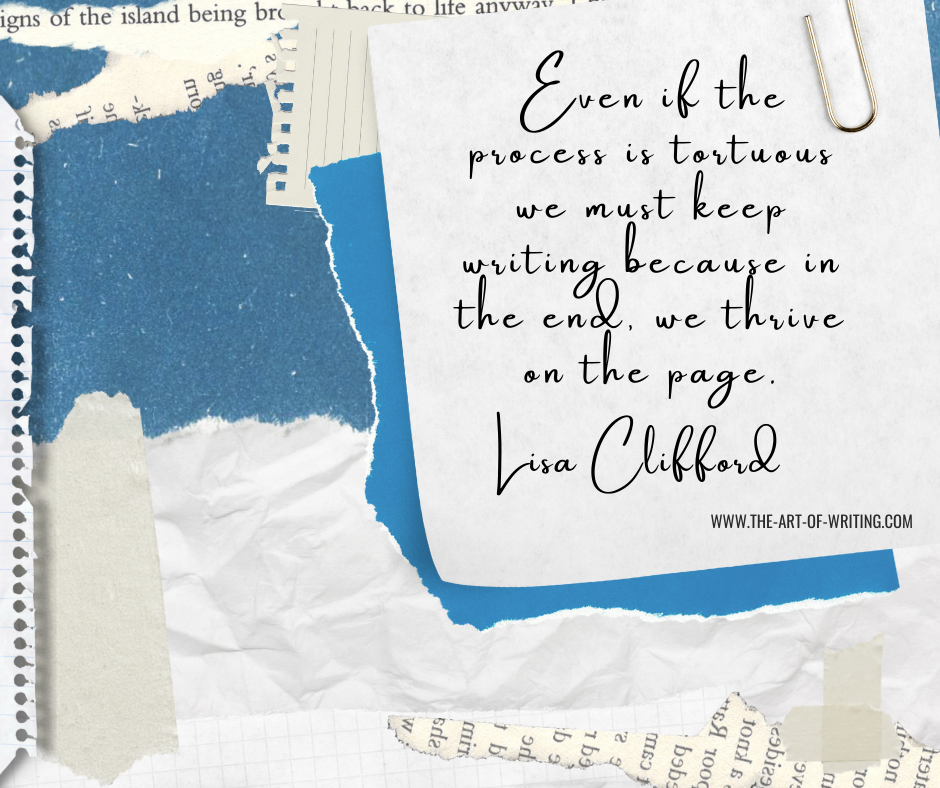Foreshadowing
Foreshadowing is the slow, cryptic revelation of your story’s information.
This technique of alluding to something that will happen is an excellent way to hook your readers. Good foreshadowing means you’ve discovered a technique that allows your reader to prepare for events that are to come later in your story. It is such a great skill to master and clever foreshadowing is absolutely a trick that you learn.
Why should I foreshadow events in my story?
Understanding the use of foreshadowing creates inbuilt suspense. Your reader’s interest is piqued. A little alarm goes off in their brains oh, that was interesting – I wonder how that will play out! Your reader engages in turning the page to find out more.
The tension increases. It’s what we are aiming for as writers. When a reader thinks I get the feeling something will happen, but I am not sure what it could or will be you know you are getting your story right.
They are now invested in your story.
How do I foreshadow?
The trick often comes from a character’s described expression. Such as ‘the boys glanced at each other, surprised.’ Or ‘my mother exchanged a knowing look with my father.’ Often, it’s something that is unsaid but communicated. The unsaid. Or it is in the dialogue, but the sentiment of the comment veers away from the character we have established. If we have a seemingly relaxed, contented character that suddenly makes anxious or worried exclamations, readers take notice. If we’ve spent time setting up and revealing a character, only to have them react differently to something, we can be foreshadowing. Another way to foreshadow is through things. Perhaps your character has noticed an object. A sharp knife left unattended on the cutting board. Your character’s response to that blade might be completely (and intentionally) out of character. Why? All will be revealed. We are planting the seeds. Our story is suspenseful. We are foreshadowing.
Settings are notoriously good devices for foretelling. Often during our Art of Writing retreats, we will have chats in the afternoon. During these casual sessions, I sometimes use Daphne du Maurier’s Rebecca as an example of foreshadowing in setting. Let’s look at a few lines. I have underlined just some of the words that create a sense of foreboding.
Last night I dreamt I went to Manderley again. It seemed to me I stood by the iron gate leading to the drive, and for a while I could not enter, for the way was barred to me. There was a padlock and a chain upon the gate. I called in my dream to the lodge-keeper, and had no answer, and peering closer through the rusted spokes of the gate I saw that the lodge was uninhabited.
No smoke came from the chimney, and the little lattice windows gaped forlorn. Then, like all dreamers, I was possessed of a sudden with supernatural powers and passed like a spirit through the barrier before me. The drive wound away in front of me, twisting and turning as it had always done, but as I advanced, I was aware that a change had come upon it; it was narrow and unkempt, not the drive that we had known.
This is just a tiny example of setting used to foreshadow. There are many more out there. Notice them when you are reading. Jot them down. Learn from other writers, as they use their own tricks and techniques. Maybe take your early chapters and go over them to see where you could foreshadow. It is guaranteed to intrigue your readers.
NB: Become accustomed now to the anacronyms OOC: Out of Character and POV: Point of View.
Art of Writing dates next year?
Thursday, February 9th to Sunday, February 12th, 2023, Brisbane, Australia
Sunday, May 7th to Thursday, May 11th, 2023, Florence
Sunday, June 4th to Thursday, June 8th, 2023, Florence
Sunday, June 25th to Thursday, June 29th The Next Draft, for finished manuscripts.
Sunday July 9th to Thursday, July 13th, 2023, Florence
***
If you’d like to share any comments or thoughts, I’d be happy to hear from you. Email me directly at lisacliffordwriter@gmail.com.
